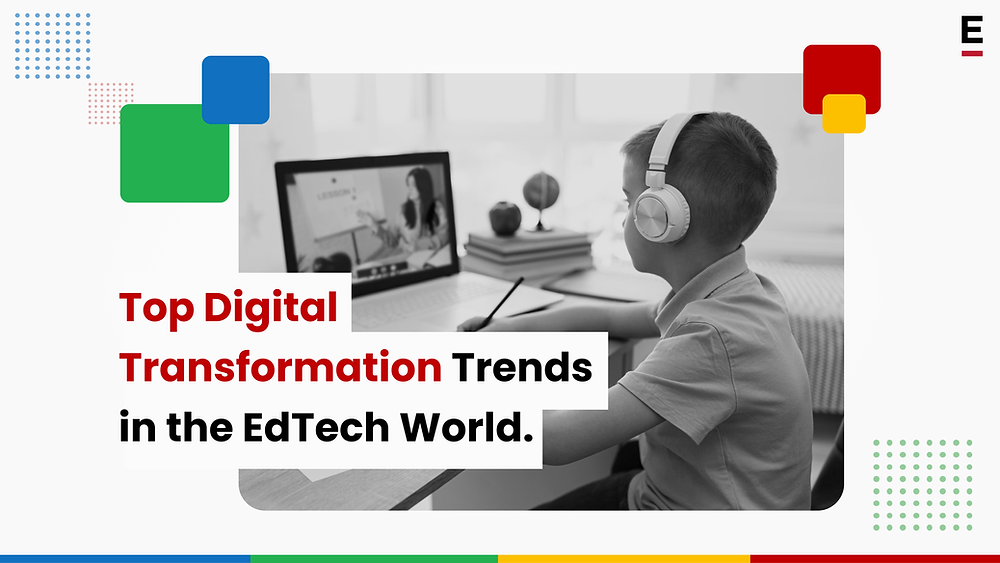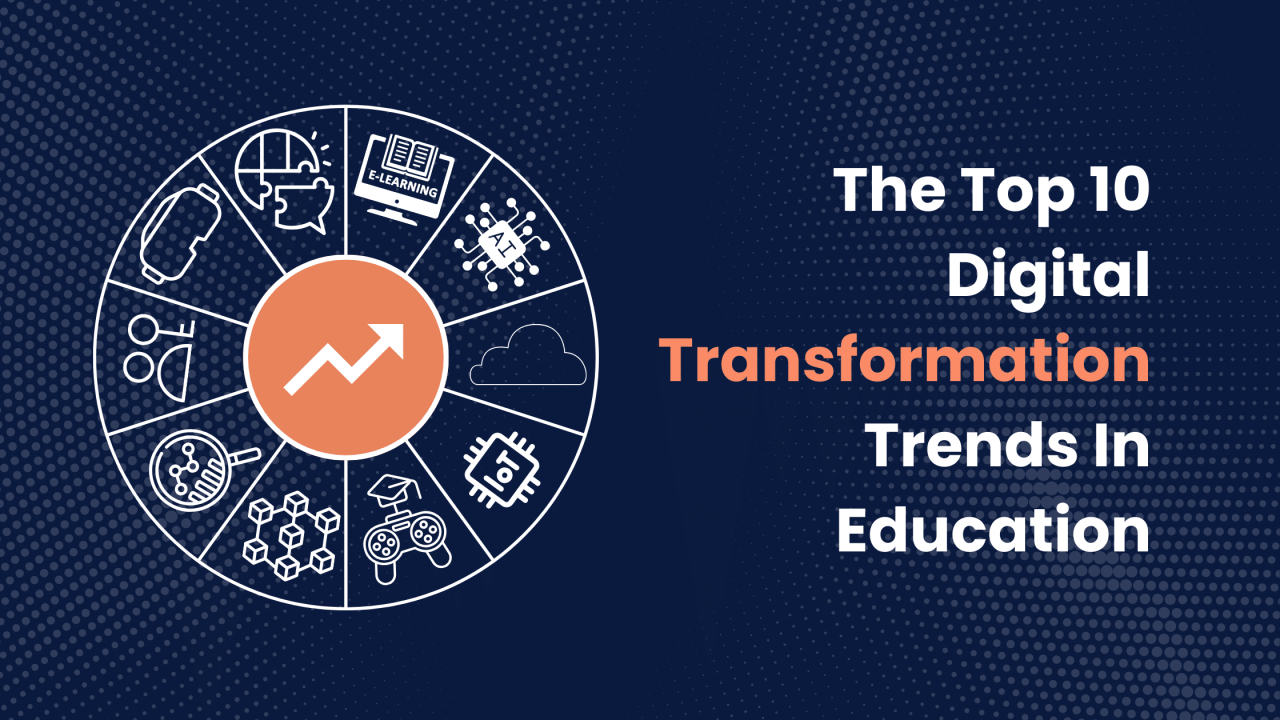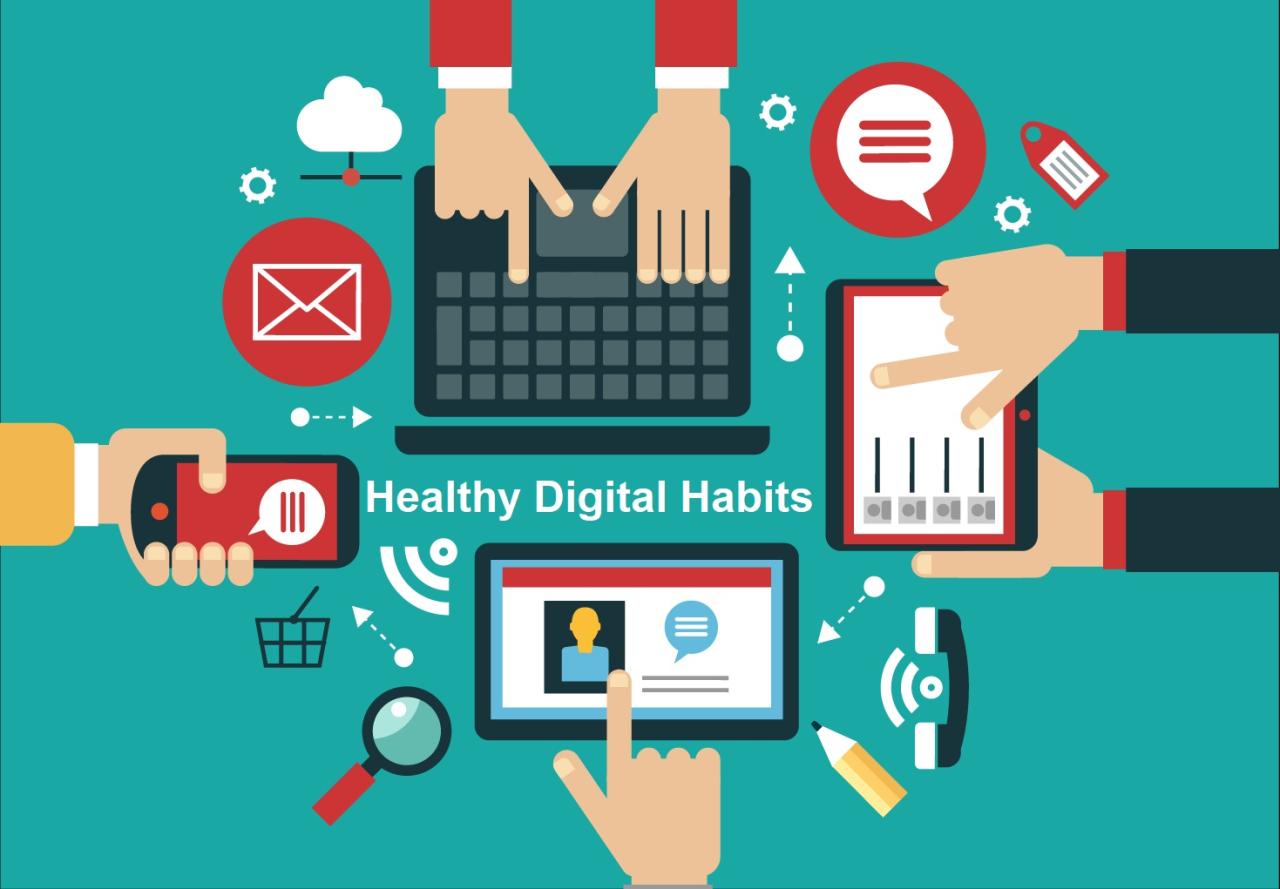Delving into Digilife Trends Reshaping Global Education Systems, this introduction immerses readers in a unique and compelling narrative. The world of education is evolving rapidly, driven by digital advancements that are reshaping traditional learning methods. From Artificial Intelligence to Virtual Reality, these trends are revolutionizing how students learn and educators teach.
Let's explore the impact of these trends and how they are transforming global education systems.
Overview of Digilife Trends in Global Education

Digilife trends are significantly impacting global education systems, revolutionizing the way students learn and teachers instruct. The integration of digital technologies in education is reshaping traditional models and creating new opportunities for personalized learning experiences.
Impact of Digital Technologies on Education
Digital technologies such as online learning platforms, virtual reality, and artificial intelligence are transforming the way knowledge is delivered and acquired. Students now have access to a wealth of resources and interactive tools that cater to their individual learning styles.
Adapting to Digilife Trends
It is crucial for educational institutions to adapt to digilife trends in order to stay relevant and provide students with the skills needed for the future workforce. By embracing digital technologies, educators can enhance the learning experience and prepare students for success in a rapidly evolving digital world.
Integration of Artificial Intelligence in Education

Artificial Intelligence (AI) is revolutionizing the educational landscape by offering personalized learning experiences, automating administrative tasks, and providing valuable insights to educators. With the ability to analyze vast amounts of data and adapt to individual student needs, AI is reshaping the way students learn and teachers teach.
AI Applications in Classrooms and Learning Platforms
AI is being used in various ways to enhance the learning experience. For example, AI-powered tutoring systems can provide personalized feedback and guidance to students based on their individual progress and learning styles. Virtual reality and augmented reality technologies powered by AI are also being used to create immersive learning experiences.
Additionally, AI-driven assessment tools can analyze student performance and provide insights to educators on areas that need improvement.
- AI-powered tutoring systems offer personalized feedback and guidance to students.
- Virtual reality and augmented reality technologies create immersive learning experiences.
- AI-driven assessment tools analyze student performance and provide insights to educators.
Benefits and Challenges of Integrating AI in Education
Integrating AI in education comes with numerous benefits, such as improved student outcomes, increased efficiency in administrative tasks, and enhanced personalized learning experiences. However, there are also challenges to consider, including concerns about data privacy, the need for teacher training to effectively utilize AI tools, and the potential for widening the educational equity gap if AI is not implemented equitably.
- Benefits of AI integration include improved student outcomes and personalized learning experiences.
- Challenges include data privacy concerns and the need for teacher training.
- Equitable implementation of AI is essential to avoid widening the educational equity gap.
Virtual Reality and Augmented Reality in Learning
Virtual Reality (VR) and Augmented Reality (AR) are revolutionizing the way we approach education, offering immersive experiences that traditional methods cannot match
Enhancing Educational Experiences
VR and AR allow students to explore concepts in a simulated environment, making abstract ideas more tangible and easier to understand. For example, medical students can practice surgeries in a virtual setting before operating on real patients, enhancing their skills and confidence.
This hands-on approach enhances retention and understanding, leading to better academic performance.
Comparison with Traditional Learning Methods
Traditional learning methods often rely on passive consumption of information through lectures and textbooks. In contrast, VR and AR-based learning encourage active participation and exploration, catering to different learning styles and preferences. These technologies can provide personalized learning experiences, catering to the individual needs of each student.
Engaging and Effective Education
The immersive nature of VR and AR can captivate students' attention and make learning more engaging. By creating interactive simulations and scenarios, educators can foster critical thinking, problem-solving, and collaboration skills in students. Additionally, these technologies can bridge the gap between theoretical knowledge and practical application, preparing students for real-world challenges.
Personalized Learning and Adaptive Technologies
Personalized learning is an educational approach that tailors instruction, pace, and content to meet the individual needs of each student. In modern education, this approach is gaining significance as it allows students to learn at their own pace, focus on their areas of interest, and receive support where needed.
Examples of Adaptive Technologies Customizing Learning Experiences
Adaptive learning platforms like DreamBox, Khan Academy, and Knewton use algorithms to analyze student performance and provide personalized recommendations. These platforms adjust the difficulty level of content, offer targeted feedback, and create individual learning paths for students based on their strengths and weaknesses.
Impact of Personalized Learning on Student Outcomes
Improved Engagement
Personalized learning keeps students actively engaged by catering to their unique learning styles and interests.
Enhanced Retention
By addressing individual learning needs, personalized learning fosters better retention and understanding of concepts.
Higher Achievement
Students often achieve better academic results when they receive personalized support and guidance tailored to their abilities.
Closing Notes

In conclusion, Digilife Trends are not just shaping but revolutionizing global education systems. Embracing these technological advancements is key to preparing students for the future and ensuring a more engaging and effective learning experience. As we navigate this digital era, the possibilities are endless, and the future of education is brighter than ever.
FAQ Overview
How are digilife trends impacting traditional education models?
Digilife trends are causing a shift in traditional education by integrating digital technologies that enhance learning experiences and make education more interactive and accessible.
What are some examples of AI applications in classrooms?
AI applications in classrooms include personalized learning platforms, automated grading systems, and virtual tutors that provide individualized support to students.
What is personalized learning and why is it significant in modern education?
Personalized learning tailors educational experiences to individual student needs, promoting better engagement and understanding of concepts, ultimately improving student outcomes.







